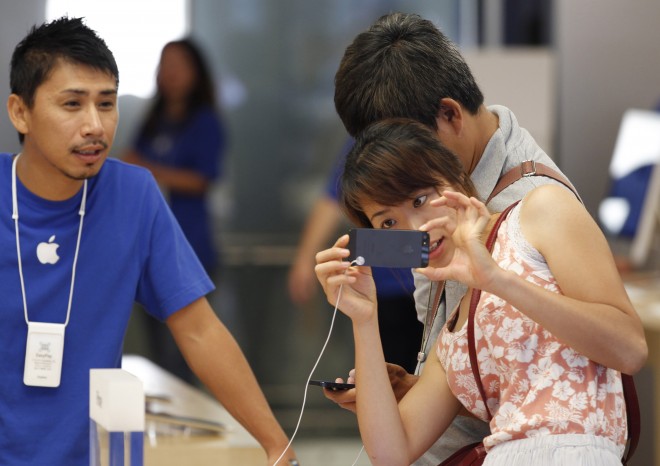American-centric UI is leveling tech culture – and design diversity

An article with a title like this cannot but intrigue me (being a non-American leading a non-USA company) – and even more so after I found out that it was written by an American working in an American company.
In a very frank and thoughtful article, Sean Madden, Executive Managing Director at Ziba, argues that the interactions designed into our devices overwhelmingly reflect a perspective native to modern, affluent, urban America.
“That our smartphones can be customized through the installation of apps assumes we want a device that is unique and personal. That our wearable devices track and analyze physical movement — as opposed to, say, proximity to friends or family — assumes that individual activity is the kind most worth monitoring. That our gaming consoles are designed primarily with a single, networked player in mind assumes we prefer remote interaction to the in-person kind; compare that to what Korean and Chinese gamers do, which is cluster in cafes.
This focus on individuality and personal mobility is deeply American, and it’s being taught to the rest of the world through the medium of American technology. And the age of invisible design, with its focus on experiences (as opposed to just products and interfaces) has made cultural influence the elephant in the room: obvious, ignored, and hugely powerful. Especially because technology platforms favor the culture that spawned them.”
Madden doesn’t stop at analysis, but sets out a vision for what the next challenge will be:
“Just as user-centered design transformed technology in the 1990s and early 2000s, cultural fluency needs to transform it today: user experience (UX) design that’s familiar enough with a user’s cultural background to meet him or her halfway.
Cultural fluency demands abandoning the idea that functionality is a universal language, and that “good UX†is culturally agnostic. […]
It requires tremendous discipline to overcome the cultural biases of American design and engineering, to avoid teams building their own cultural norms into how the systems facilitate human interactions. Cultural fluency will require another expansion in design, one that incorporates anthropological, psychological, and historical insights in addition to everything that’s come before. And it will require understanding the broader impact on culture and society when devices begin making decisions and transacting on their own, as promised by the Internet of Things.”



